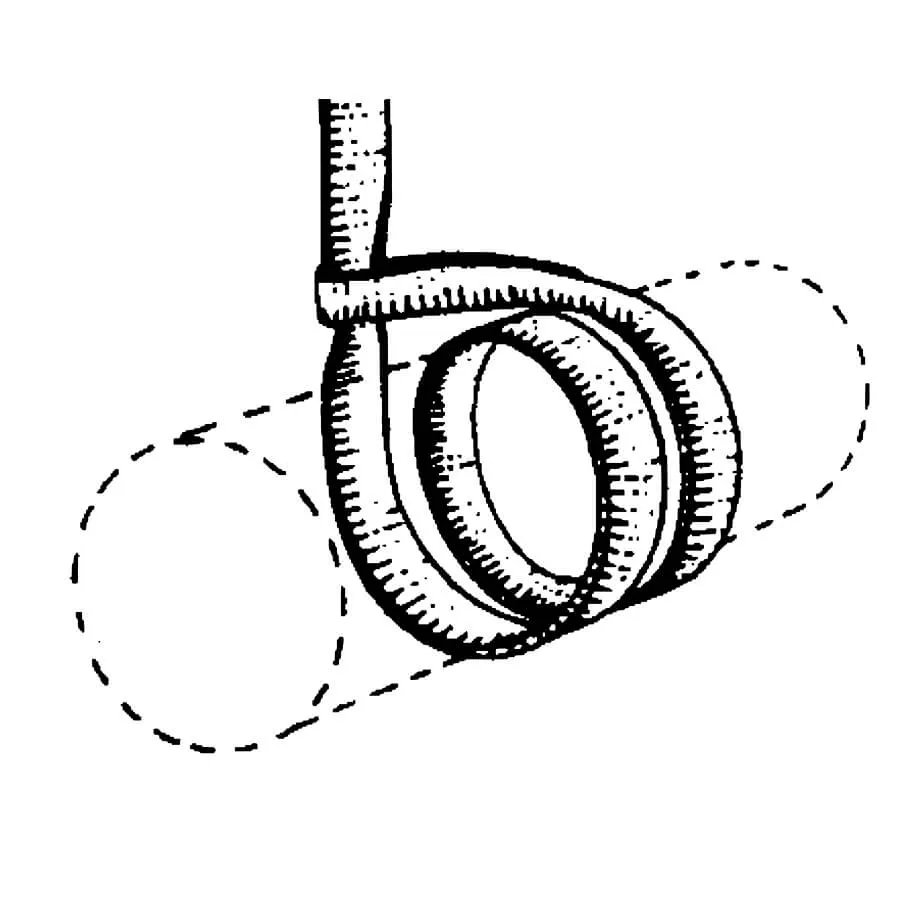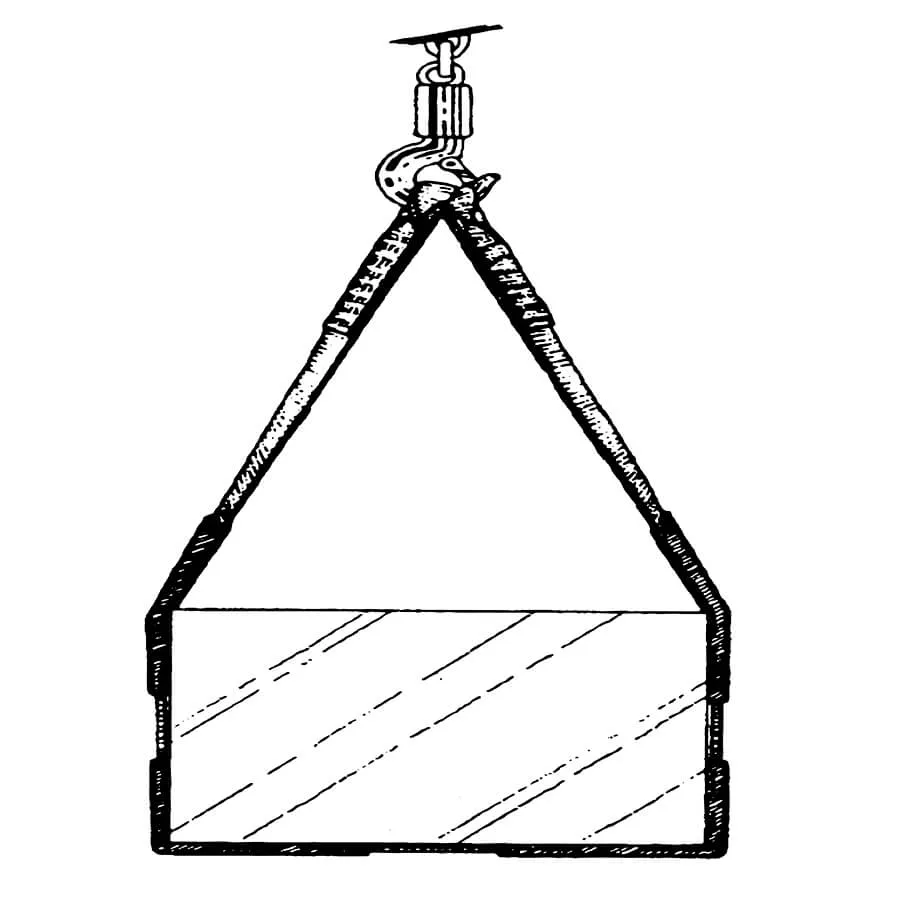Web Slings GENERAL INFORMATION
Sling Hitches
Choker Hitches


Basket Hitch

Basic Rules of Hitching
RATED CAPACITY – Be sure the Sling you intend to use is strong enough for the job. Consult CERTEX
Catalog or refer to rated capacity tag on actual Sling.
CONTROL AND BALANCE – Use a hitch that will keep the load under control at all times and be sure the lifting device is directly over the Center of Gravity. (see example Figure 1)
PREVENT DAMAGE – Use corner protectors when bending around corners. (see example Figure 2)
LIFTING LOAD – Lift load carefully, accelerating smoothly. Avoid shock loading.
CONDITION OF SLINGS – Inspect Slings and their parts carefully before each lift and at regular intervals.
USE OF LIFTING LUGS/EYE BOLTS – Many loads are equipped with lifting lugs for easy attachment of the Sling. Make sure pull is transmitted to them straight along the axis of the shank. Lifting lugs/eye bolts should be used in accordance with the lug/eye bolt manufacturer’s recommendations. (see example Figure 3) However, if “Hoist Rings” are utilized the pull does not have to be along the axis.
Four Leg Bridle Sling
up is such that two or even three legs are taking the load, the design factor is reduced.
WARNING:
Avoid Serious Injury or Death
Any single hitch shall NEVER be used to transport a load that is not balanced
WARNING:
Avoid Serious Injury or Death
Rated capacities are affected by the Angle of lift (Sling to load angle) whenn used in multi-legged Slings or basket hitches. To determine the actual Sling capacity at a given Angle of lift, multiply the original Sling rating by the appropriate loss factor, determined from the Sling Angle Chart.
Control & Balance
Use of Lifting Lugs/Eye Bolts
Prevent Damage
| Sling Angle Chart (Angle of Lift) | |||
| Angle/Degrees Horizontal | Loss Factor | Angle/Degrees Horizontal | Loss Factor |
| 90 | 1.000 | 55 | 0.819 |
| 85 | 0.996 | 50 | 0.766 |
| 80 | 0.985 | 45 | 0.707 |
| 75 | 0.966 | 40 | 0.643 |
| 70 | 0.940 | 35 | 0.574 |
| 65 | 0.906 | 30 | 0.500 |
| 60 | 0.866 | — | — |
Rated capacities are effected by the angle of lift (Sling to load Angle) measured from the horizontal when used with multi-legged Slings or Choker/Basket Hitches. To determine the actual capacity at a given angle of lift, multiply the original Sling rating by the appropriate loss factor determined from the table above. 5200 lbs (Sling Rating) X 0.866 (Loss Factor) = 4500 lbs Rated Capacity
FOR ADDITIONAL INFORMATION, PLEASE REFER TO OSHA 1910.184, ANSI B30.9, OR OTHER REGULATIONS AS APPLICABLE
